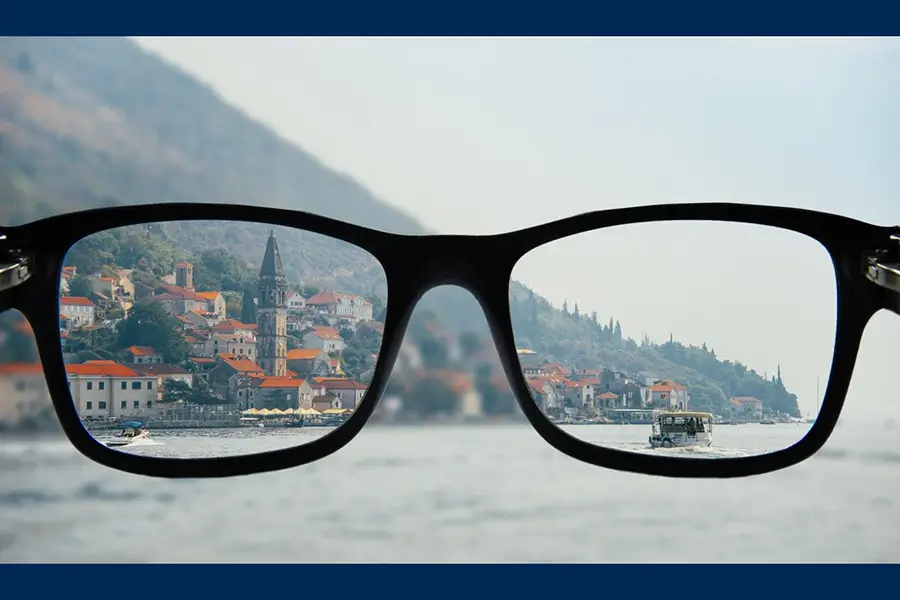Home » Nearsightedness: A Guide to Symptoms and Treatment
Nearsightedness, also known as myopia, is a common vision condition that affects the ability to see distant objects clearly. Unlike farsightedness, where close objects are clear, nearsighted individuals struggle with distant vision, making activities like driving or watching a movie challenging. This guide explores the symptoms, diagnosis, and treatment options for nearsightedness.

Nearsightedness occurs when light entering the eye focuses in front of the retina rather than directly on it. This usually happens because the eyeball is longer than normal or the cornea is too curved. The result is a clear vision for close objects but a blur for distant ones.
The primary symptom of nearsightedness is blurred vision when looking at distant objects. However, this condition can manifest in several other ways:
Eyestrain
Straining to see distant objects can cause discomfort in the eye muscles.
Headaches
Frequent headaches may occur, especially after prolonged periods of trying to focus on distant objects.
Squinting
Squinting is a common reaction to try and minimize the blur when looking at faraway objects.
Difficulty with Distant Vision
Challenges in recognizing faces or reading signs from afar are typical.
Diagnosing nearsightedness involves a routine eye examination, which may include:
Visual Acuity Test
This measures your ability to see at various distances.
Refraction Assessment
Using an instrument called a phoropter, different lenses are tested to determine the best prescription for your eyes.
Eye Health Evaluation
A comprehensive check for other eye conditions or health issues.
These tests help in confirming nearsightedness and developing a customized vision correction strategy.
Several methods are available to correct nearsightedness:
Eyeglasses
The simplest and most common method, with lenses prescribed to adjust the focus of light entering the eyes.
Contact Lenses
These offer a more natural vision correction, sitting directly on the eye and often preferred for aesthetic reasons.
Refractive Surgery
Certain medical procedures can permanently change the shape of the cornea, offering a longterm solution. However, they come with risks and are not suitable for everyone.
Treatment choice depends on personal preferences, lifestyle, and the severity of nearsightedness.
Living with nearsightedness can impact daily activities, but it doesn’t have to limit your quality of life. Regular eye exams and the right vision correction can make a significant difference. If you’re experiencing symptoms of nearsightedness, schedule an appointment with an eye care professional. They can provide comprehensive care and personalized treatment plans to ensure you enjoy clear, comfortable vision.
Schedule an appointment with us at Tennessee Eye Care because your eyesight is a precious gift. Take care of it with regular checkups and the appropriate treatment, and experience the world in clear focus once again.